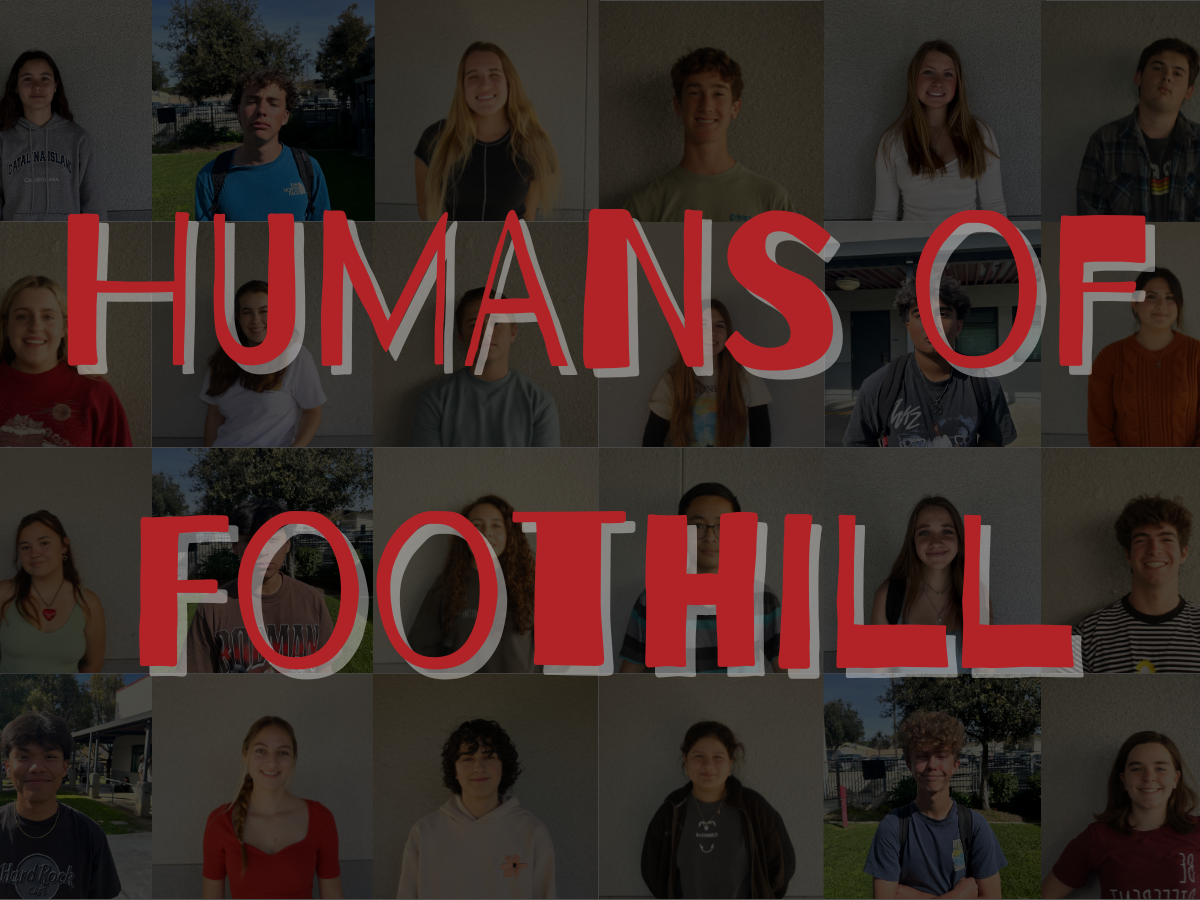In the last 30 years, obesity has doubled in children and tripled in adolescents, and it is quickly becoming one of the top epidemics in the United States. And the rates are still going up.
Along with negative social and psychological effects, obesity can also eventually lead to heart disease, type 2 diabetes, stroke, several types of cancer and osteoarthritis.
Among the many working to fight the epidemic is First Lady Michelle Obama. In 2010 she instituted a national program called “Let’s Move!” to promote healthier lifestyles for the youth across the country.
“The physical and emotional health of an entire generation and the economic health and security of our nation is at stake,” she stated at the launch in February 2010, according to the website.
Eleven years ago, the Healthy Schools Project began in the Ventura Unified School District to, as stated on their website, “provide learning opportunities for students to make healthy choices.”
Throughout elementary and middle school, students learn about nutrition through hands-on activities and health lessons incorporated into other subjects.
Sandy Curwood, the director of child nutrition services, said the program is incorporated into both the cafeteria and the classroom. Information about healthy eating habits and different foods are customized to become lessons for classes like language arts, math, and history.
“We focus on making things hands-on,” Curwood said. “For example, kale was the January Harvest of the Month. Students learn about how it grows, its nutrients, how to cook it, the cultures that eat it, what seasons to eat it, when it grows.”
The program extends into high school in the health, science, and physical fitness classes.
A healthy diet is especially important for children and teenagers, providing nutrients for growth and preventing potential diseases.
“It impacts everything. You know, your body’s like a machine,” health teacher Claire Adams said. “And you wouldn’t put horrible, nasty gases into a car because it would run badly. You fill it with good, healthy nutrients and your body can function and [keep] your energy.”
Of the semester-long health class required for all Foothill freshmen, six weeks are devoted to diet and nutrition. The main components of the unit are reading and understanding food labels, portion sizes, ingredients, and calorie intake. There is also a focus on the economics of healthy eating.
“[There is] kind of the inequity of you either have to have cheap food or healthy food, but can you have healthy, cheap food?” Adams said. “That kind of idea of how can you prepare food that’s healthy for a lower cost of money rather than having to go to Whole Foods and spending lots of money.”
Nearly all the cafeteria food at Foothill is made fresh from scratch, and cafeteria staff work to make sure that students are receiving nutritious, well-balanced meals.
“The major change we’ve had this year is that they must have fruits and vegetables on their tray. Three components in a lunch, which is their grains, their dairy, their protein, their vegetables, and their fruit,” cafeteria staff Lori Walker said. “They can choose any three combination of the components, but one of them has to be a fruit or a vegetable, or a combination of both.”
All schools that are part of the Healthy Schools Project have a salad bar open at every lunchtime. According to Curwood, they serve produce that is seasonal, organic, and locally grown as much as they can.
“[Buying locally] is part of two issues,” Curwood said. “One: health, traceability. You know it’s safe, you know exactly who grew it. Two: keeping the money in the community. It helps sustain the economy.”
“If we went by percentage, I would say 95 percent is from local, and local in our minds means in southern California,” Walker said.
By providing healthy, locally grown school lunches and an education about them for students, they hope healthy eating will become a habit.
“Our hope is that they look at what healthy food looks like and for a link to occur. We hope it’s more helpful for kids, and inspires them to be healthier,” Curwood said.
But how much do programs like the Healthy School Project actually influence students to ease into a healthy, sustainable diet?
A study published in American Journal of Public Health in 2005 found that school programs do, in fact, make a difference in the eating habits and general health of students.
While the food at school does not lead everyone to a healthier diet and lifestyle, teachers at Foothill said they have seen the program affect the habits of many students.
“I’ve had students work one-on-one with me on food plans and changing eating habits,” said physical fitness teacher Emily Stevens. “I’ve seen changes in the entire family, like what to buy, and what to cook, and how to make healthy meals for your whole family.”
Adams said she too has seen changes in students and their families.
“The interesting thing is [students] actually seem to keen more towards their parents’ diets. It’s like they’re not so worried about themselves, but they’ll say ‘oh, my dad eats that and he doesn’t exercise’,” she said. “So a lot of them become more, sort of, aware of what their parents are eating as well.”







